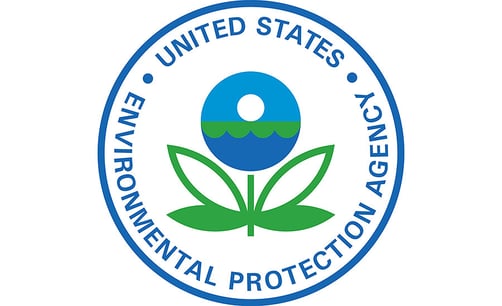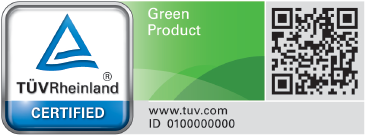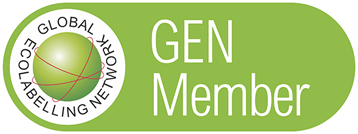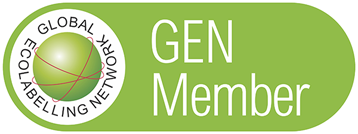In procuring products and services, executive departments and agencies of the US government are directed via Executive Order 13693 to specify federal standards and use ecolabels that identify products meeting strict federal standards for energy and water efficiency and safer chemicals (e.g., Energy Star, WaterSense, and Safer Choice). The Executive Order recognises, however, that there are hundreds of non-federal standards and ecolabels in the marketplace claiming environmental and human health benefits, thereby presenting the federal acquisition community with both great opportunities and challenges.

The overall objective of the US Environmental Protection Agency (EPA) pilot assessment of environmental standards and ecolabels for products is to create a transparent, fair, and consistent approach to environmental performance standards and ecolabels that support both the EPA's mission and environmentally friendly federal purchasing mandates. The pilot aims to establish a cross-sector framework to recognise the environmental standards and ecolabels used in federal procurements. By designating individual guidelines as a baseline, the EPA believes it will encourage continuous improvement in both the standards and ecolabels together with the products and services those standards and ecolabels address. In addition, it will provide flexibility to accommodate the variety of approaches and types of standards and ecolabels that exist in the marketplace.

The pilot assessment kicked off in June 2016, with approximately 100 organisations participating in it. There were 21 GC panellists and 48 organisations on the product category panels; 17 organisations on the service sector panel; 20 volunteer SDOs who provided their standards, certification programmes, and/or ecolabels to be assessed; and three contractors. The EPA is now developing a report on the overall lessons learned, with recommendations for standards and ecolabels that meet the guidelines for each pilot product category; application of the guidelines to the service sector; the broader questions about the pilot’s value and potential scalability; and suggestions on ways to improve the guidelines, assessment criteria, overall standards and the ecolabel evaluation process.
Reference: http://www.resolv.org/site-guidelines










